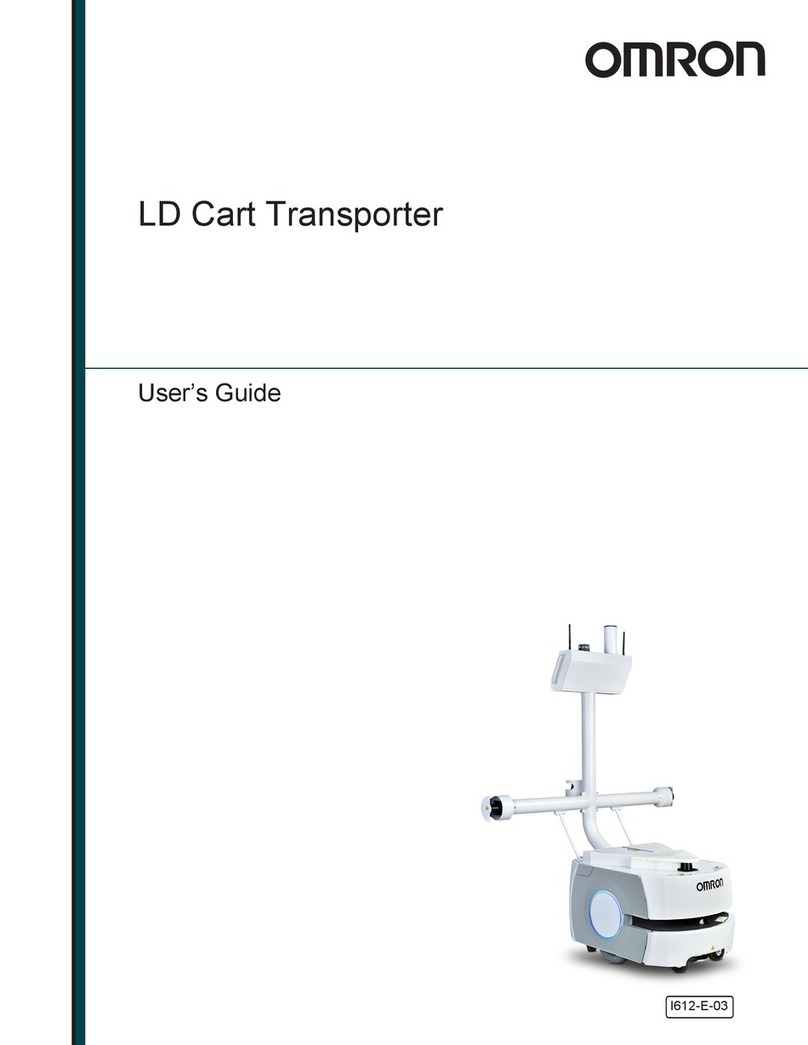
Table of Contents
Spare Battery 143
Spare Carts 143
Call Buttons/Door Boxes 143
Acuity Localization 144
High-Accuracy Positioning System 144
Chapter 10: Maintenance 145
10.1 Safety Aspects While Performing Maintenance 147
Electrical Hazards 147
Burn Hazard 147
Pinch Hazard 147
Magnetic Field Hazards 148
10.2 Safety Measures Prior and After Maintenance 148
10.3 Lifting the Platform Safely 148
Front Lifting Points 148
Rear Lifting Area 149
10.4 Safety Inspection 150
Warning Devices 150
Warning Labels 150
Informative Labels 153
10.5 Cleaning 154
Work Area Maintenance 154
LD Platform Cart Transporter and Cart 154
Tires 155
Casters 155
Axles 155
Lasers 155
Docking Station Contacts 156
10.6 Accessing the Payload Bay 156
Removing Latching Mechanism Cover 156
Removing Top Plate 156
Installing Top Plate 158
Installing Latching Mechanism Cover 158
10.7 Removing and Installing LD Platform Cart Transporter Covers 158
Removing Covers 159
Installing Covers 162
10.8 Replacing Periodic Parts 164
Maintaining and Replacing Batteries 165
Maintaining Batteries 165
10.9 Replacing Non-Periodic Parts 166
Docking Station Roller and Bearing 166
Docking Station ACPower Fuse 167
Docking Station Internal Fuse 168
Safety Scanning Laser 169
14766-000 Rev H LD Cart Transporter User's Manual 7




























